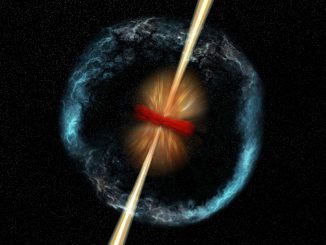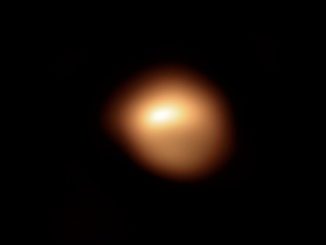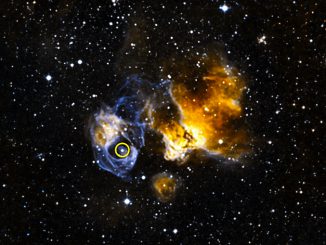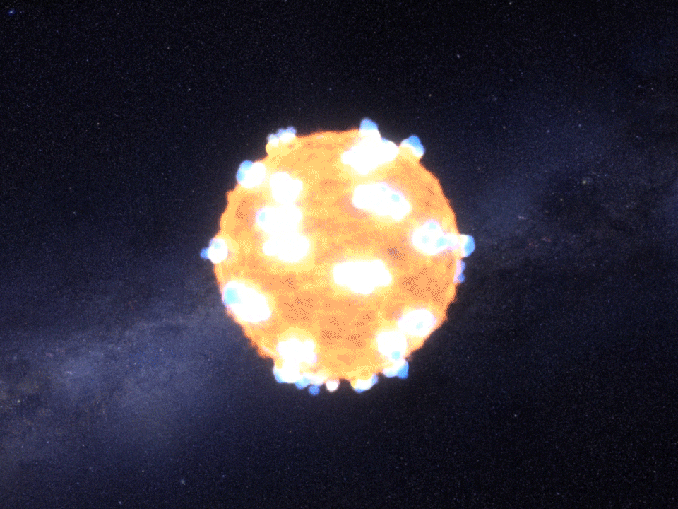
The international team found a supernova shock wave — or shock breakout — only in the larger supernova, a finding that will help them understand these complex explosions that create many of the elements that make up humans, the Earth and the Solar System.
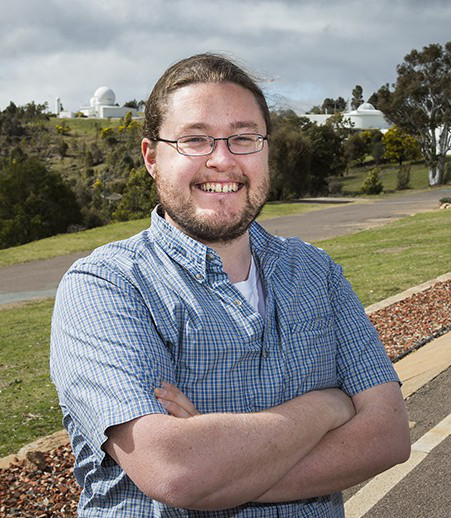
Supernovae like these — known as Type II — begin when the internal furnace of a star runs out of nuclear fuel causing its core to collapse as gravity takes over.
Supernovae are so bright that they can be seen in distant galaxies, which has helped astronomers learn much about the large-scale structure of the universe. However, very little is known about the early stages of these explosions.
The research, published in the Astrophysical Journal, reports the explosions of two old-age stars, red supergiants.
As the core of a supernova collapses to form a neutron star, energy bounces back from the core in the form of a shockwave that travels at 30,000 to 40,000 kilometres per second, and causes the nuclear fusion that creates heavy elements such as gold, silver and uranium.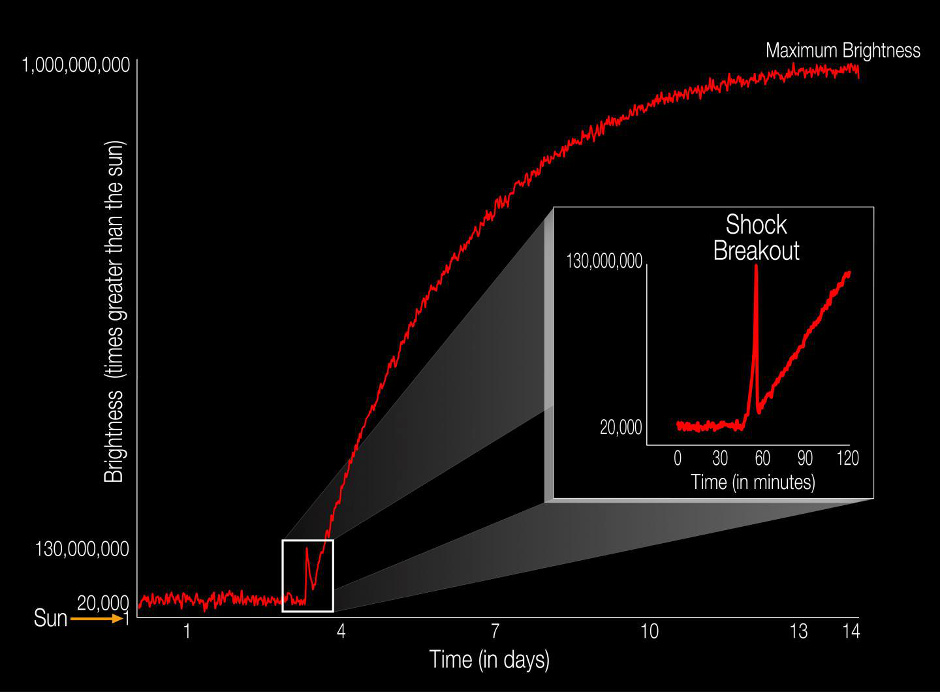
In the second star (known as KSN 2011d, 1.2 billion light-years away), a large supergiant with radius 460 times that of the Sun, a shockwave could not be detected, although it must have existed. “The star was so large that the shockwave did not travel all the way to the surface,” said Dr Tucker.
The observation will help astronomers fine-tune their understanding of how the size and composition of the star affects the early moments of their explosive death.
“We are really probing the process of blowing up,” Dr Tucker said. “Supernovae made the heavy elements we need to survive, such as iron, zinc and iodine, so we are really learning about how we are created.”

